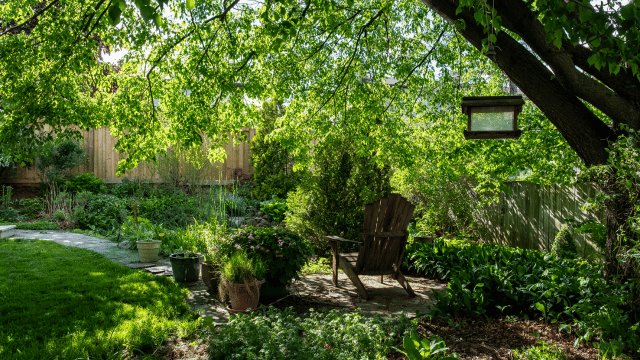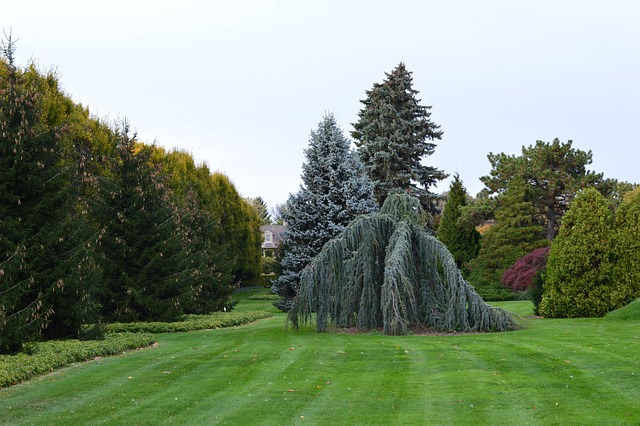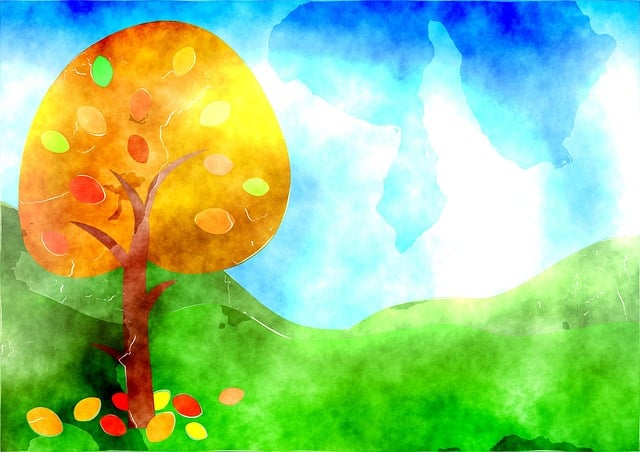There is a special kind of plant called a rain garden that helps collect and soak up rainwater that runs off of roofs, roads, and other surfaces. It’s usually a small hole in the ground filled with different kinds of plants, like grasses, trees, and flowers. A rain garden’s job is to slow down the flow of storm water and remove pollutants from it before it gets into the local water system.
Benefits of having a rain garden
Putting in a rain garden in your backyard can help you in many ways. For starters, it cuts down on rainwater flow, which can help keep areas from flooding and washing away. A rain garden collects and soaks up rainwater, which then slowly seeps into the ground and replenishes groundwater sources. By cleaning out sediments and pollutants before they reach rivers and streams, this can help keep water clean. In addition, a rain garden can provide a home for wildlife, luring birds, butterflies, and other helpful bugs into your yard.
Essential elements for a successful rain garden
There are some important things to think about if you want to make a rain garden that works. First, you need to pick the right place. Discover a spot in your yard that gets a lot of rain and has good drainage. Stay away from places that flood easily or have water that stays still for a long time. After that, you need to get the dirt ready. The ground in a rain garden should quickly soak up water and then drain well. It’s important to check the pH of the dirt and change it if needed. Last, pick out the right plants for your rain garden. Most of the time, native plants are best because they are used to the temperature and land where they are grown.
Choosing the right plants for a rain garden
When choosing plants for your rain garden, it’s best to pick ones that can grow in both wet and dry circumstances. For plants that can get to water even when it’s dry, look for ones with deep roots. You should also pick plants that are native to your area because they will do better with the weather and dirt there. Native plants are also important places for native animals to live. Think about the plants’ height, color, and when they bloom to make a garden that looks nice all year.
Flowering plants to attract pollinators to your rain garden
Pollinators will be drawn to your rain garden if you plant flowering plants that give them nectar and pollen. Bees, butterflies, and hummingbirds are drawn to flowers that are brightly colored and shaped like tubes. Butterfly weed (Asclepias tuberosa), purple coneflower (Echinacea purpurea), and bee balm (Monarda didyma) are all flowering plants that are often used in rain gardens. Bees and other insects can eat these plants, and they also make your garden look nice. You might want to put a lot of different flowers so that they bloom all through the growing season.
Grasses and sedges for erosion control in a rain garden
Planting plants and sedges in your rain garden might help keep the soil from washing away. The thick roots of these plants help keep the dirt in place and stop it from washing away. Switchgrass (Panicum virgatum), little bluestem (Schizachyrium scoparium), and prairie dropseed (Sporobolus heterolepis) are all grasses that are often used in rain gardens. These plants not only keep your garden from washing away, but they also give it depth and movement. Sedges, which look like grass, are another good choice for stopping runoff. The Pennsylvania sedge (Carex pensylvanica), the fox sedge (Carex vulpinoidea), and the tussock sedge (Carex stricta) are all popular sedges for rain gardening.
Maintenance tips for a thriving rain garden
To make sure your rain garden stays healthy, here are some things you should remember. First, make sure to water your rain garden when it’s dry, especially the first year after you plant it. This will help the plants get established and help their roots grow deep. Second, get rid of any weeds that come up in your rain garden. You should pull weeds out of the way so your plants don’t have to fight with them for water and food. Lastly, trim your plants when they need it to keep their size and shape. Remove the spent flowers from plants to make them grow more and get rid of any leaves that are dying or sick.
Conclusion
A rain garden can look great in your lawn and be good for the environment. Stormwater runoff is cut down and toxins are filtered when a rain garden collects and soaks up rainwater runoff. With the right plants and regular care, you can make a beautiful rain garden oasis that local animals can live in and draws bees. So why not make your own rain garden today and give it a try?


